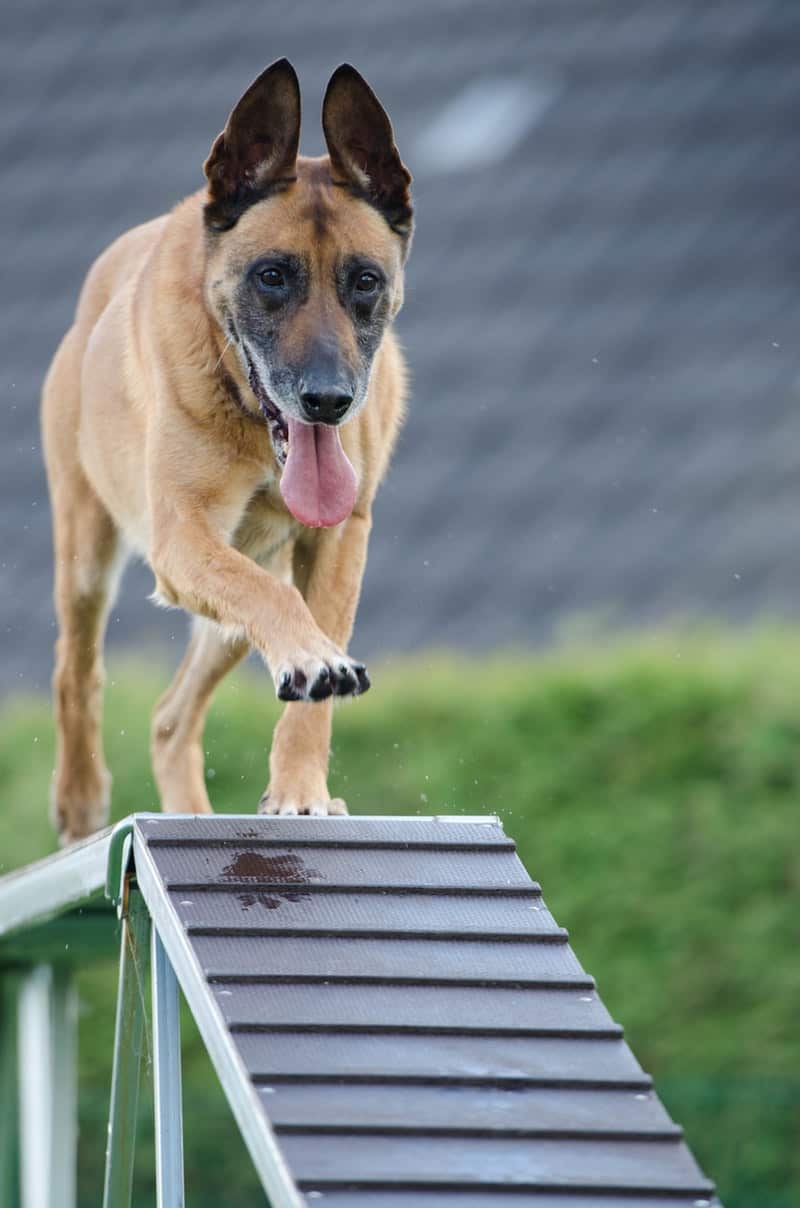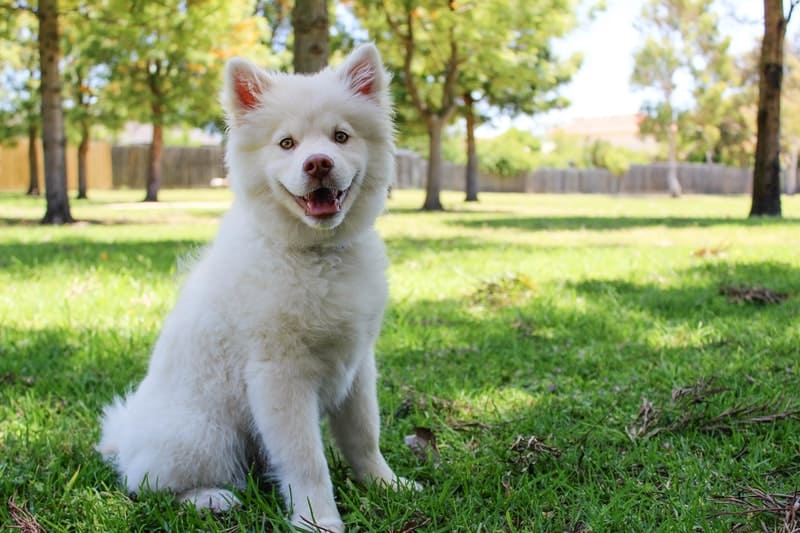Last Updated on January 7, 2023 by ellen
Looking for tips for training your dog? It is all too common to see new dog owners start out so well on the road to properly training their beloved pooch, only for the enthusiasm and effort to fade a few months down the line. In fact, only five percent of owners attend a training class with their dog. The result? Chewed furniture, an unruly dog, and frustrated owners.
Posts may be sponsored. This post contains affiliate links, which means I will make a commission at no extra cost to you should you click through and make a purchase. As an Amazon Associate I earn from qualifying purchases.

5 Tips for Training Your Dog
There are many different approaches to dog training – some animals are more responsive to clicker training, while others may learn more quickly under obedience training, behavioral methodology, or the alpha dog™ approach. Balanced training is another popular method for the dog’s behaviors that can result in positive or negative consequences. They are rewarded with praise, petting, games, and treats. Examples of negative consequences are when you correct undesirable behavior with voice, facial expression, or body language.
Whichever approach you decide to use, we’ve compiled a top five list of helpful elements to include when you embark on your dog training program.
1. If you use treats, keep them small
It is easy to overdo it with treats, especially when you are training. You can help ensure your dog maintains his weight by using small treats or just pieces of treats. The type of treat you give is also essential. Just like you, your dog needs a balanced diet to remain happy and healthy. Vegetables contain vitamins and minerals that aren’t in meat and it is important your dog gets them in their diet. From apple rings, carrot medallions and sweet potato treats, there are many vegetable and fruit-based dog treats available on the market which means you can use them as incentives for your dog during training without having to worry about compromising his health or ending up with a very well behaved but overweight pooch!
2. …but don’t rely on treats too much
While treats can be useful in training to initiate or reinforce a behavior, it is important not to become too reliant on them. The danger is that over-use can result in a fixation on the treat which compromises the training and undermines the dog’s performance. It is good practice to use treats to initiate and train in new behaviors. Once they have become embedded though, it is best to replace the treats with something else the dog likes – for example, praise, play, or a break. It is also helpful to remember that when you react happily to the dog’s behavior, that is a form of reward for him as well.
3. Ensure you train regularly and reinforce behaviors (sit for dinner, wait at doors)
It is important to train not just regularly but for the right amount of time. You need to ensure that the sessions are long enough to instill learning but not so long that the dog becomes bored. Once you succeed in a session, you can leave it there, and return later to reinforce the behavior. Little and often is the maxim here.

A good way to effectively train your dog is to embed the sessions into everyday life, rather than having to take time out specifically to practice, which can lead to missed sessions. Examples of ways to do this are making your dog sit before you give him his dinner, or waiting at doors until you give the command that he can continue. In this way, good behaviors are reinforced every day.
4. Don’t use too much emotion
How you act will impact your dog’s response to you. The best approach is to remain calm with a sense of authority. Don’t become angry, upset or frustrated when he doesn’t do the right thing, and equally, don’t react in an over-the-top way in response to good behavior. If your dog isn’t responding in the correct way, remain calm and try again. If he does the right thing, offer praise and make it clear you’re happy with what has happened, but then move on. Over time, your dog’s attitude will reflect your own, contributing to a productive and relaxed relationship.
5. Be confident
Dogs are highly attuned to our emotions and feelings, and an important element of managing your relationship with your dog is ensuring you communicate calm yet assertive energy. As natural pack animals, dogs will seek to find their place within a group. If you do not fill the role as pack leader, there is a good chance that your dog will try to fulfill that role, which is bad news from a behavioral and training perspective. To avoid your dog exploiting your lack of confidence, one possible solution is to attend some training sessions and ensure the balance of power between you and your dog is in your favor.
Ultimately, there isn’t one single ‘correct’ way to approach dog training that will work for every person and animal. You need to work with your dog to find the best method for you, but we’ve found that utilizing the five elements listed above is a good starting point and can be applied to whichever approach you take!
Do you have any other tips for training your dog?
Related Reading

Ellen runs a small pet sitting business in southern Vermont. She has experience with a variety of small animals, dogs and cats. She has also cared for ducks, chickens and rabbits. Combined, she has over 20 years of experience in pet care and pet sitting.
Super tips for dog training! I am sure if we follow this advice we will have success!
Thanks, Maryann!
Oh these are such helpful tips! We have a dog that needs some training. We adopted him as a rescue as a baby…he has some anxiety issues…and hates being on a leash. These will be helpful in training!
Glad to help, Laura!
These are great tips for training your dog. We just got a new doxie puppy (Shadow) so these tips will come in handy. Thank you for sharing!
Glad to share!
Good tips. I have never used treats for training. I know some say it works, bit for some dogs it doesn’t. Our current dog is adopted, and is in fact a police dog ‘fail’ he was too food motivated. He works best with being praised.
That’s good to know! Praise motivates me too LOL.
I’ve taken my dog to behavior training classes before and it was full of dogs disrupting the class, so I think next time I’d like to try it on my own. The Dog Whisperer fascinates me and he makes it look so easy–if only it was!
Very true!
These all sound wonderful. Thanks for the tips and ideas.
Glad to share!
Thanks for the tips. We may be getting a new puppy in the spring.
Puppies are so much fun!